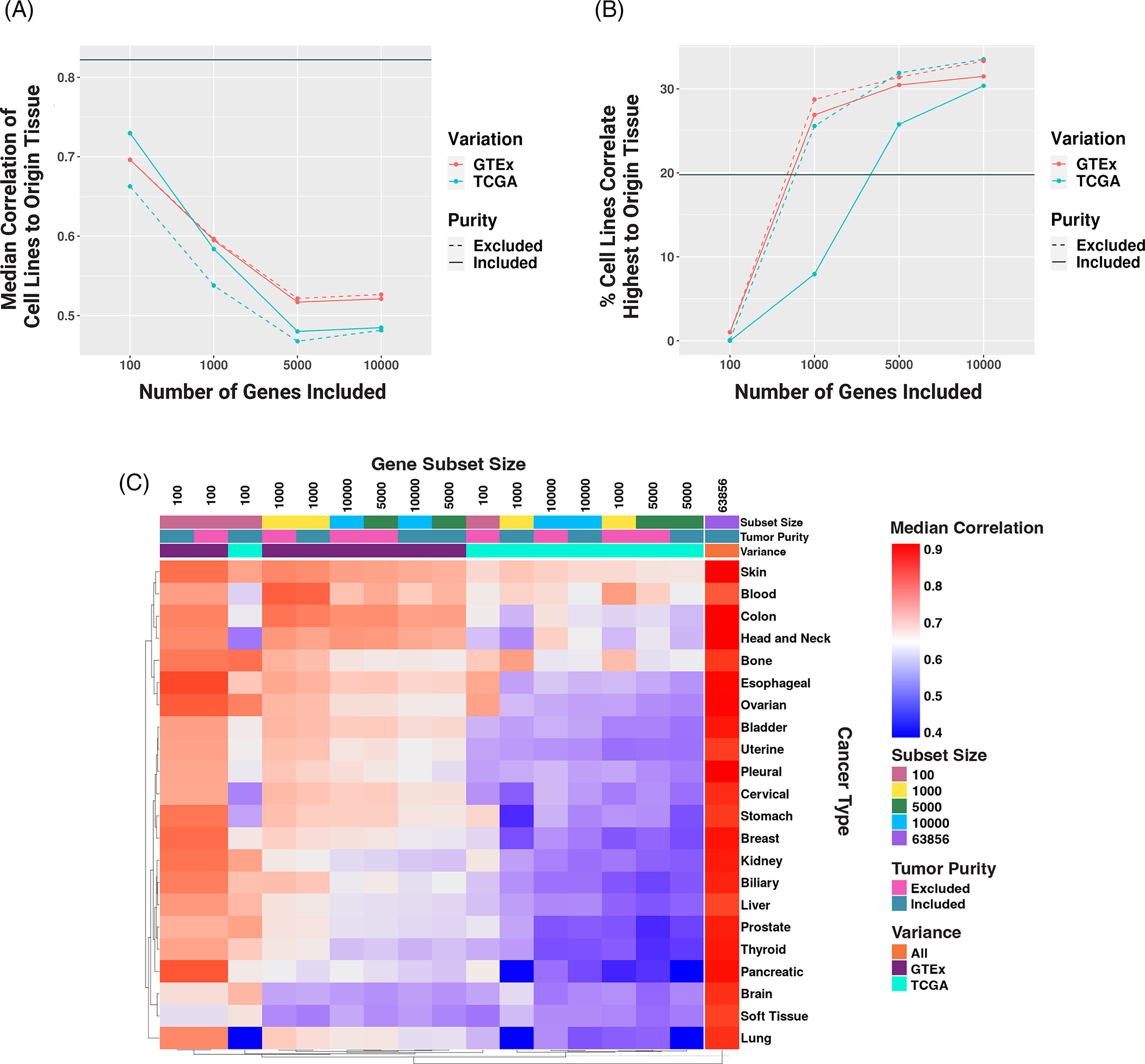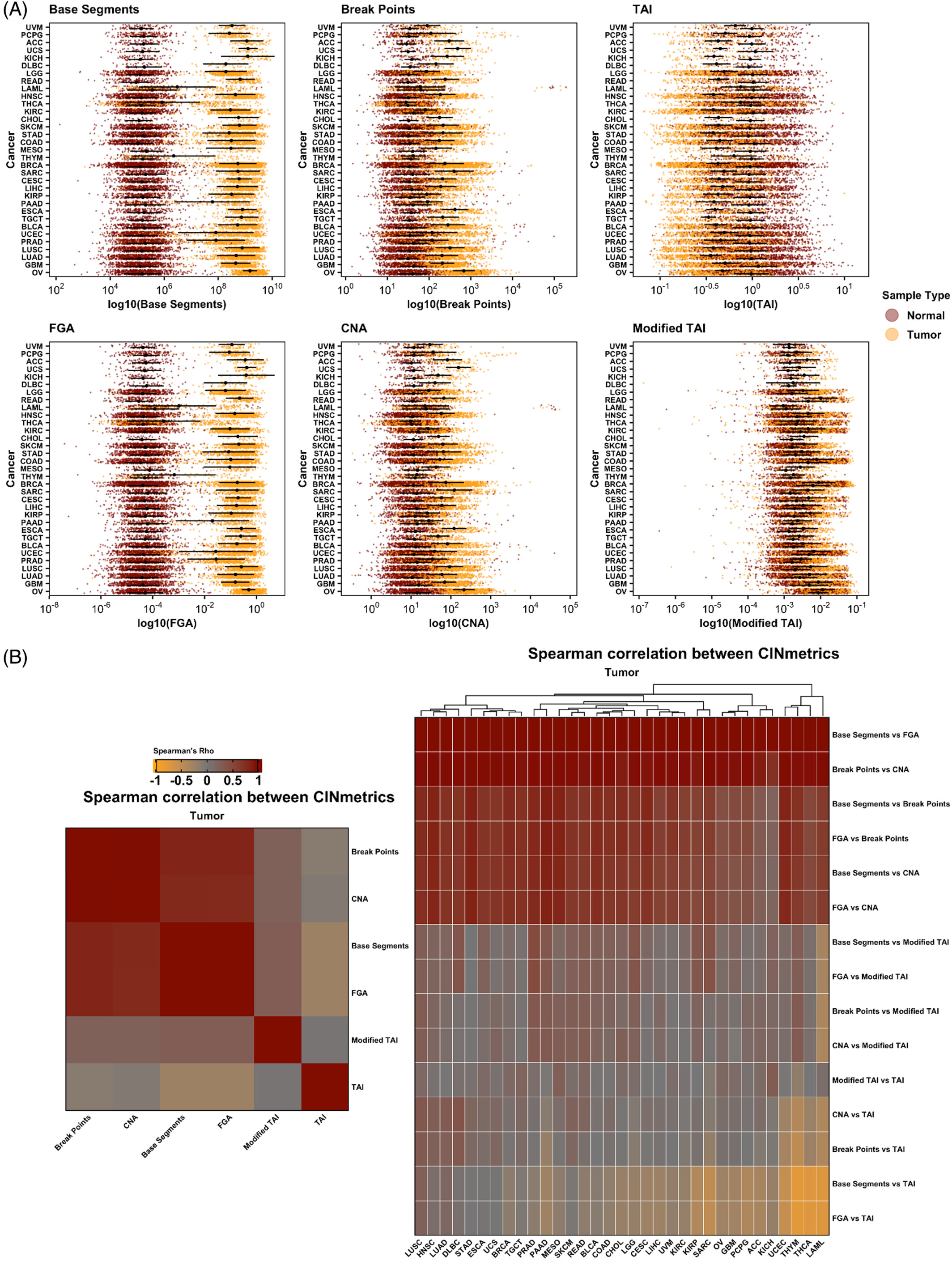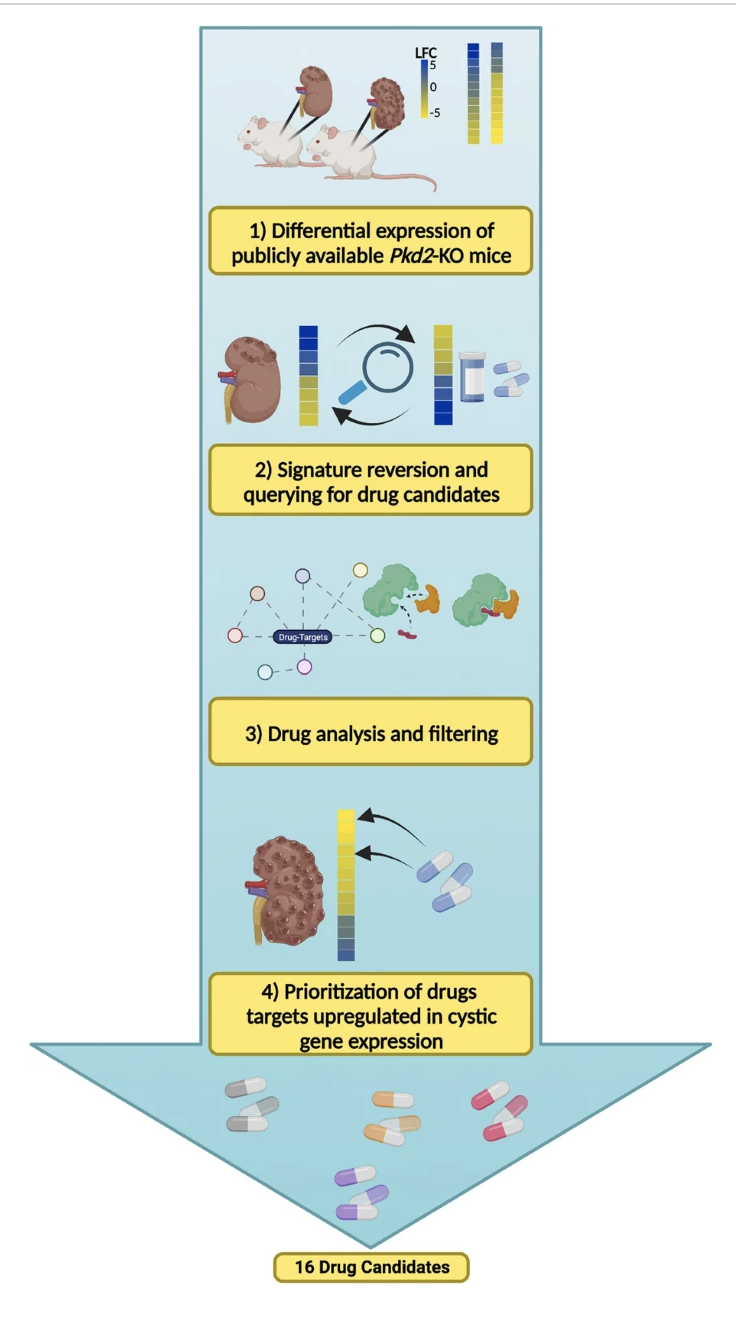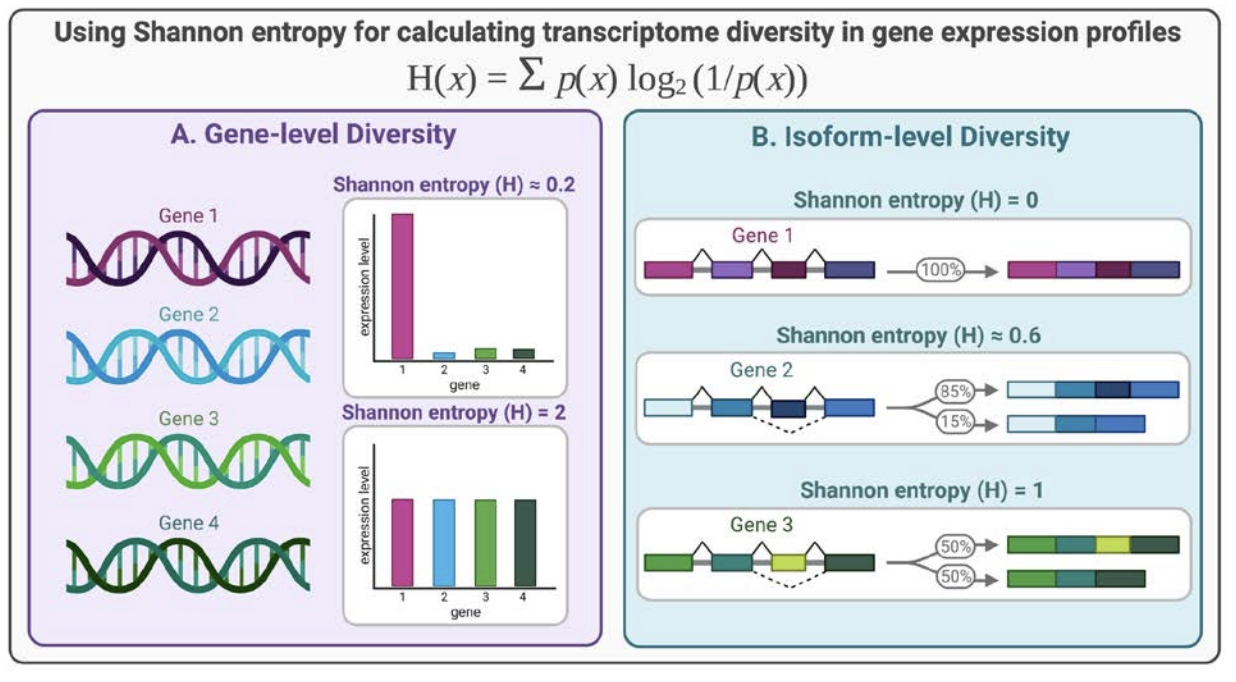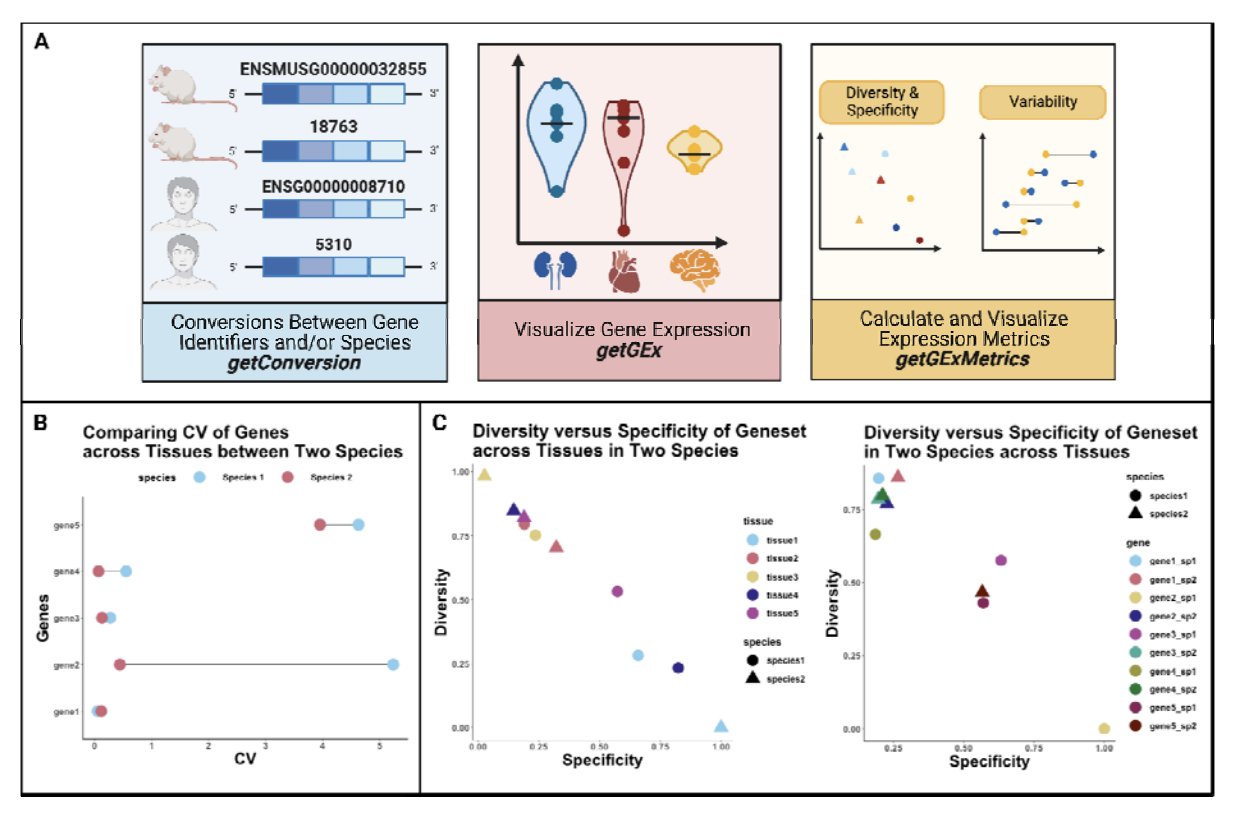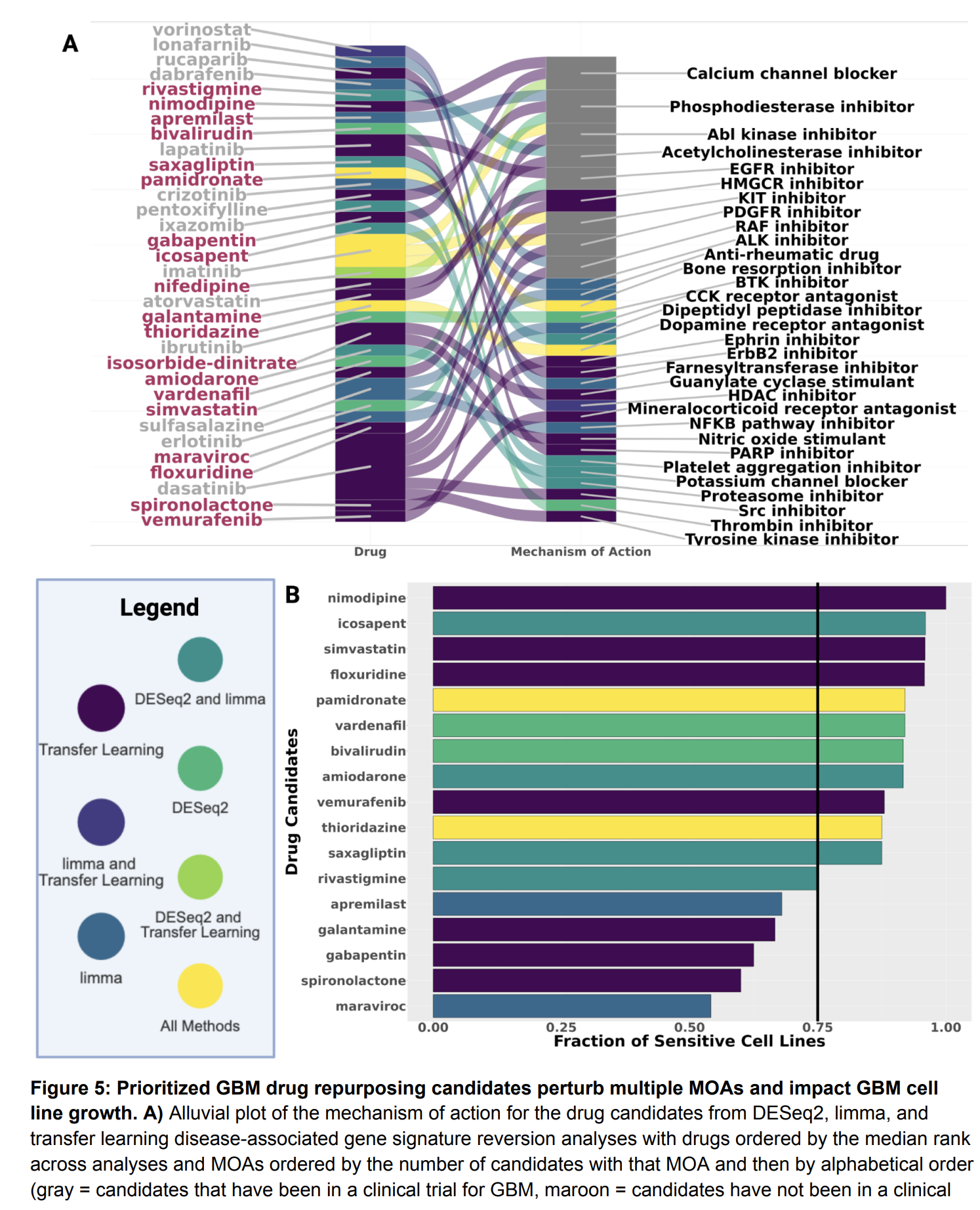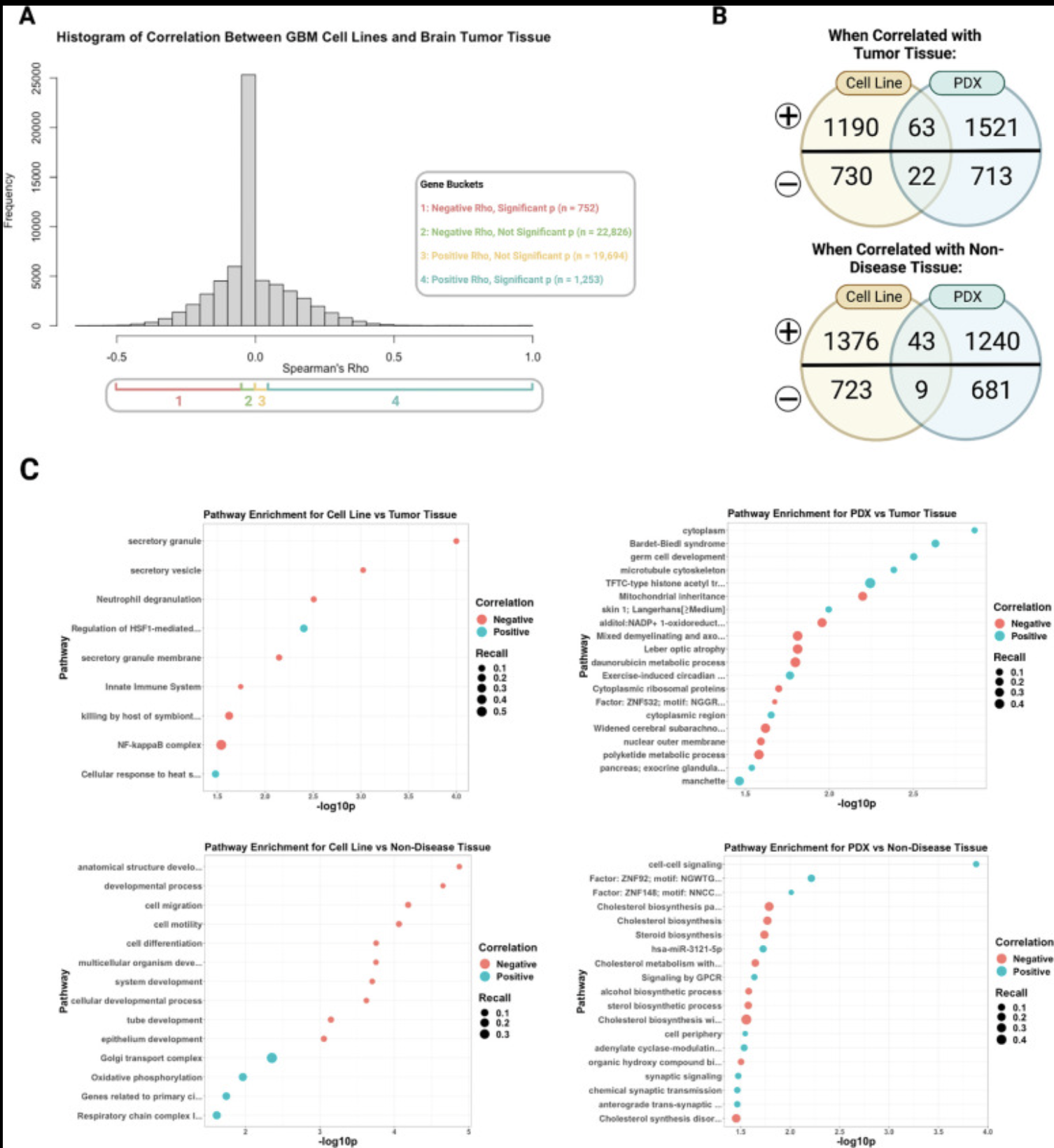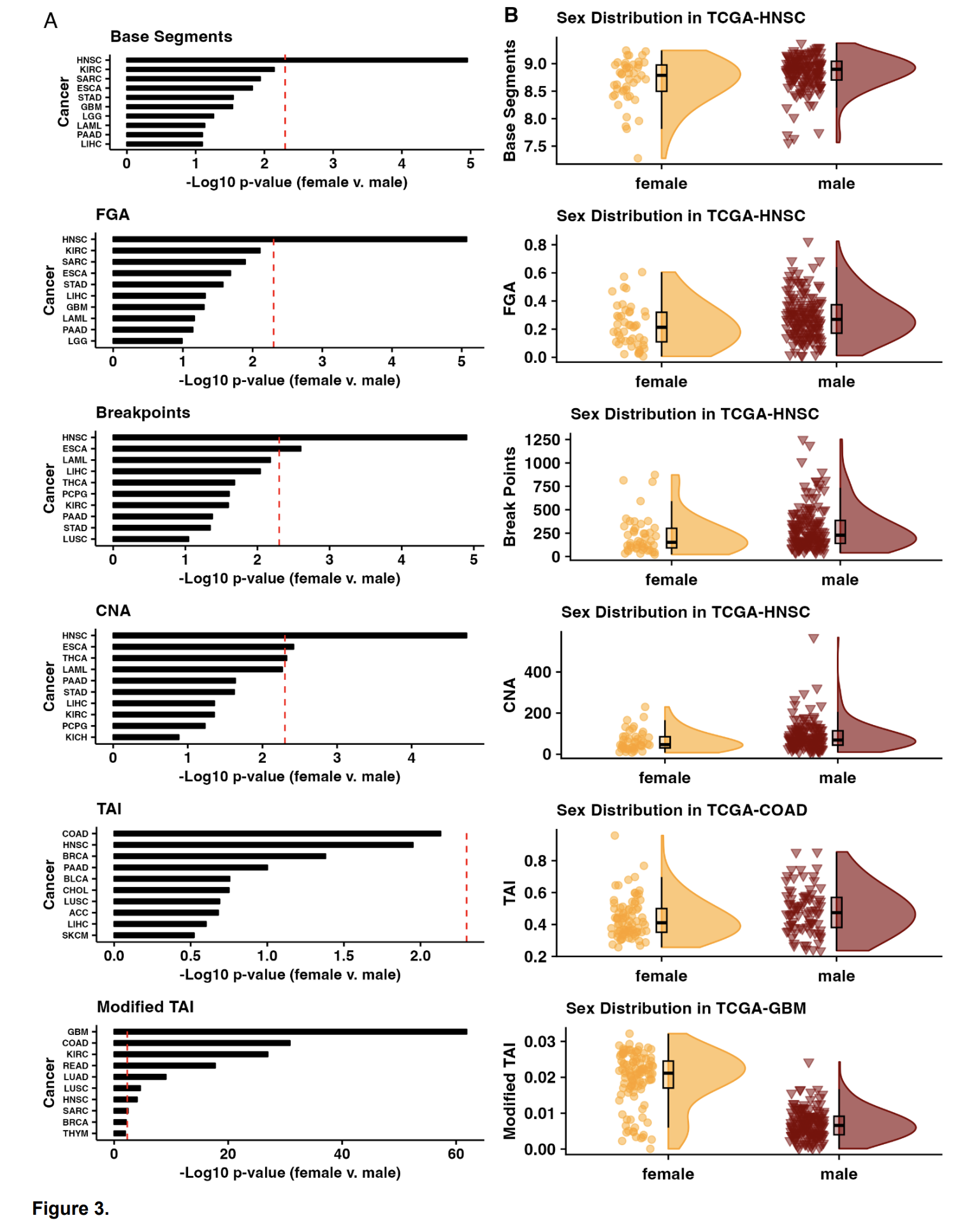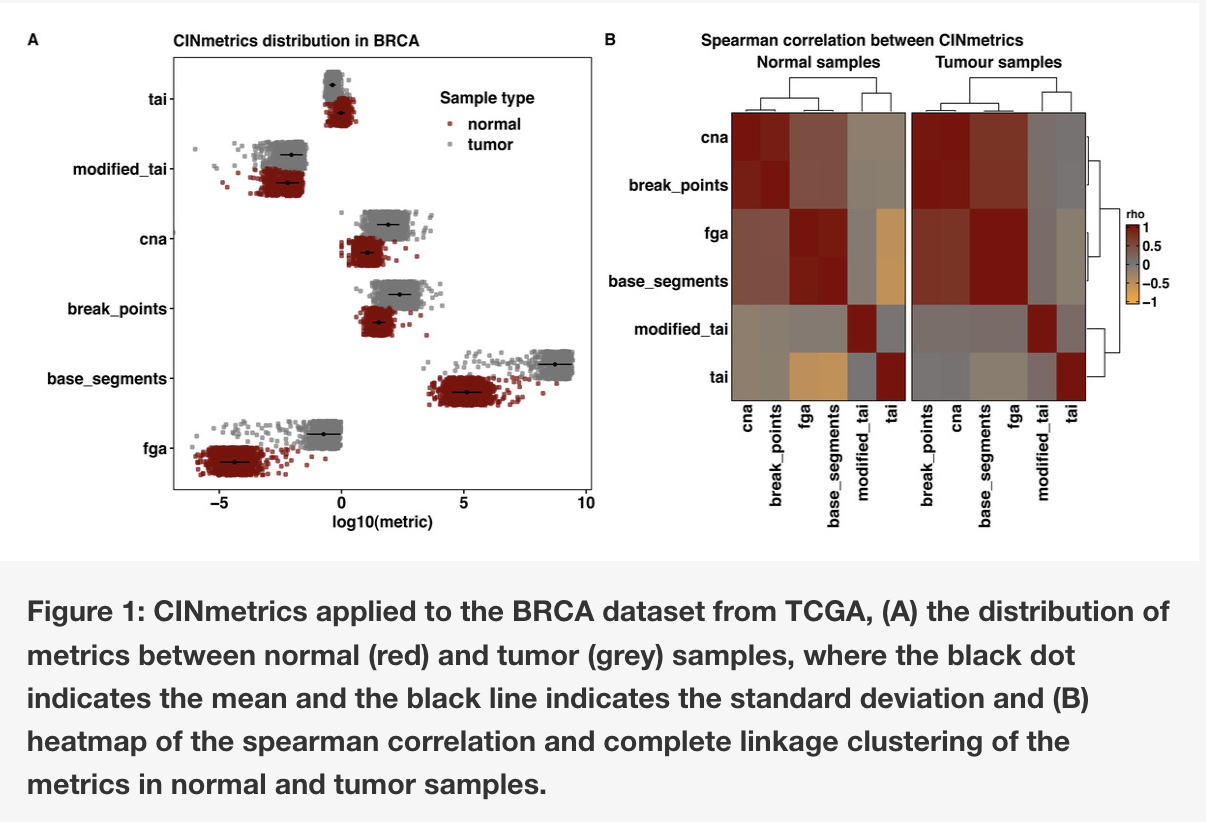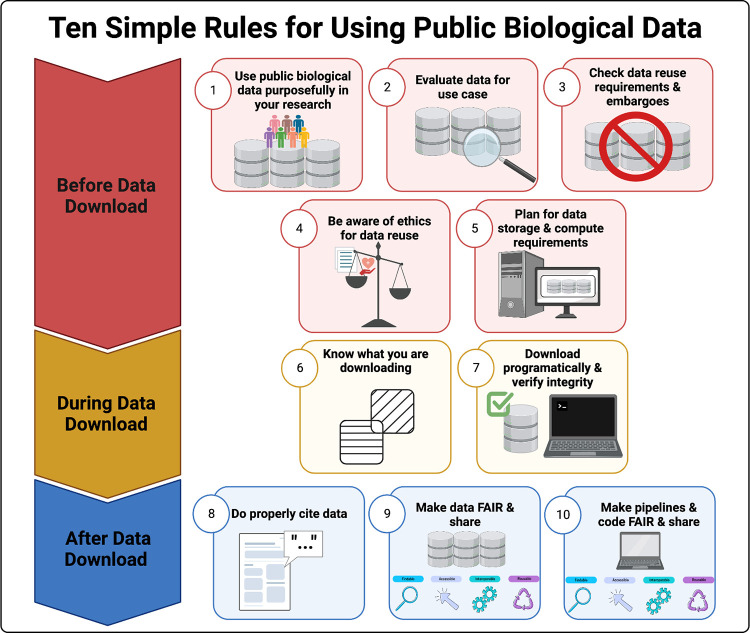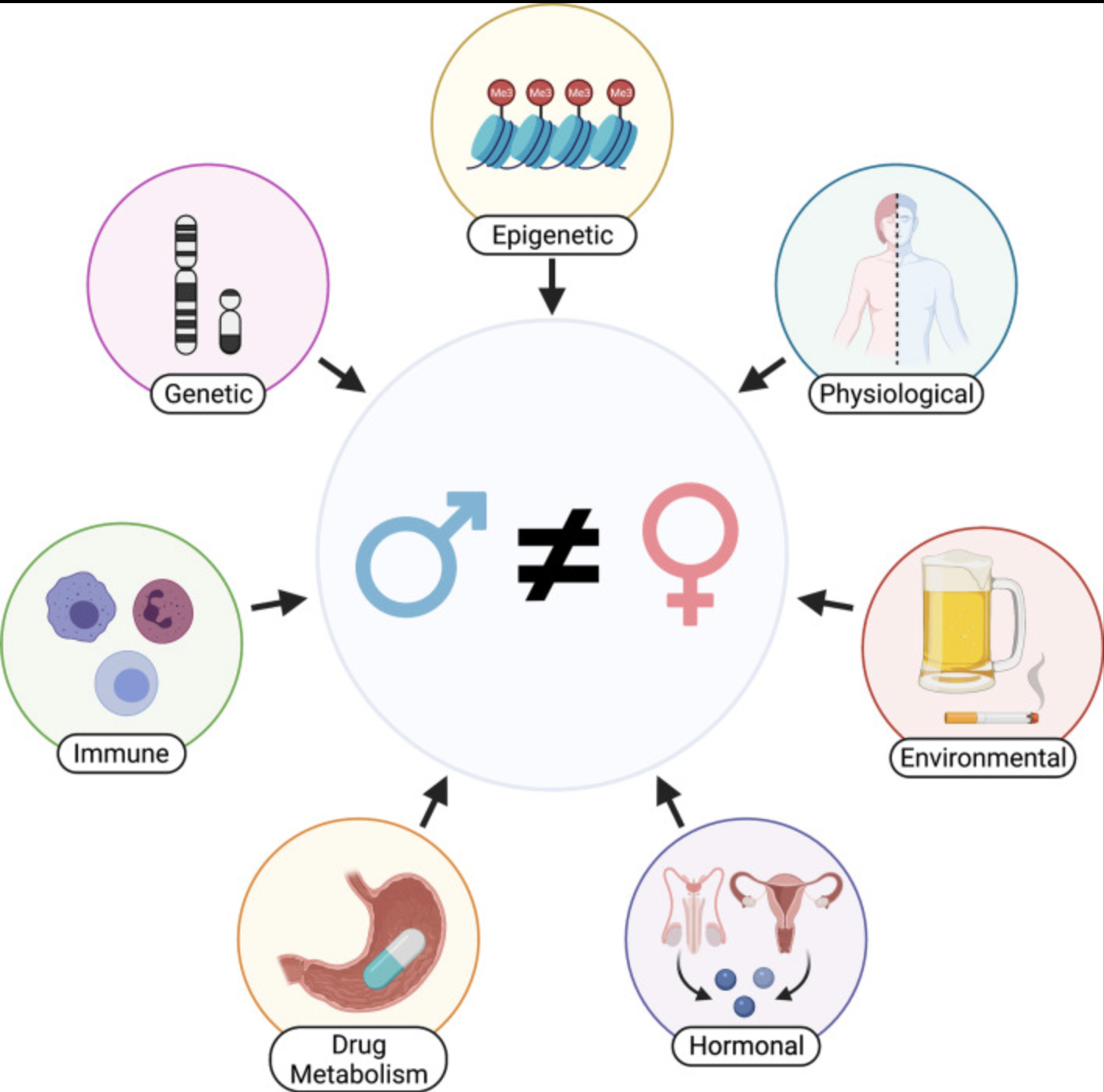
Preprint server: bioRxiv
Authors: Jennifer L. Fisher, Amanda D. Clark, Emma F. Jones, and Brittany N. Lasseigne
Background. Previous pharmacovigilance studies and a retroactive review of cancer clinical trial studies identified that women were more likely to experience drug adverse events (i.e., any unintended effects of medication), and men were more likely to experience adverse events that resulted in hospitalization or death. These sex-biased adverse events (SBAEs) are due to many factors not entirely understood, including differences in body mass, hormones, pharmacokinetics, and liver drug metabolism enzymes and transporters.
Methods. We first identified drugs associated with SBAEs from the FDA Adverse Event Reporting System (FAERS) database. Next, we evaluated sex-specific gene expression of the known drug targets and metabolism enzymes for those SBAE-associated drugs. We also constructed sex-specific tissue gene-regulatory networks to determine if these known drug targets and metabolism enzymes from the SBAE-associated drugs had sex-specific gene-regulatory network properties and predicted regulatory relationships.
Results. We identified liver-specific gene-regulatory differences for drug metabolism genes between males and females, which could explain observed sex differences in pharmacokinetics and pharmacodynamics. In addition, we found that ∼85% of SBAE-associated drug targets had sex-biased gene expression or were core genes of sex- and tissue-specific network communities, significantly higher than randomly selected drug targets. Additionally, the number of SBAE-associated drug targets that were core genes of sex- and tissue-specific network communities were significantly higher than randomly selected drug targets. Lastly, we provide the sex-biased drug-adverse event pairs, drug targets, and drug metabolism enzymes as a resource for the research community.
Conclusions. Overall, we provide evidence that many SBAEs are associated with drug targets and drug metabolism genes that are differentially expressed and regulated between males and females. These SBAE-associated drug metabolism enzymes and drug targets may be useful for future studies seeking to explain or predict SBAEs.
● Sex-biased adverse events have been identified in previous pharmacovigilance studies.
● We found that 416 drugs associated with sex-biased adverse events were enriched for 32 known drug metabolism enzymes and 84 drug targets.
● Drug metabolism enzyme genes of known SBAE-associated drugs have sex differences in predicted liver gene-regulatory network neighborhoods (i.e., immediate node neighbors) and individual transcription factor and gene relationships.
● SBAE-associated drug targets are more likely to have sex-biased gene expression and be core genes of sex-specific network communities than other drug targets.
● Drugs with these SBAE-associated drug metabolism enzymes and drug targets should be investigated further to determine causal relationships.
Summary. Within the scientific literature, it has been identified that women are almost twice as likely to experience undesired drug side effects compared to men. Men are more likely to experience severe drug side effects that result in hospitalization or death. To better understand potential genomic causes of these sex-dependent drug responses, we investigated drug side effects that are more likely to be reported by either males or females, known as sex-biased adverse events (SBAEs). In this study, we identified 32 drug metabolism enzymes and 84 drug targets enriched across the known drug metabolism enzymes and targets of the 416 drugs we found associated with SBAEs. Several known drug metabolism enzymes and drug targets of SBAE-associated drugs have sex differences in gene expression or gene-regulatory networks representing the relationships between genes and the transcription factors predicted to regulate their expression. Overall, we found an association between sex differences in gene expression and predicted gene-regulatory relationships of drug metabolism enzymes and drug targets associated with SBAEs. Additionally, our findings are a resource of sex-biased drug-adverse event pairs and gene expression profiles for the scientific community.
Brittany Lasseigne – May 4, 2023

